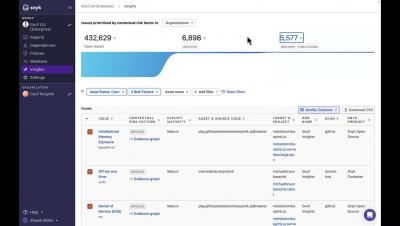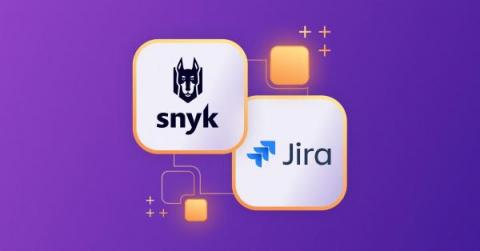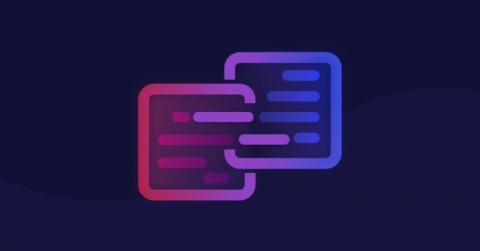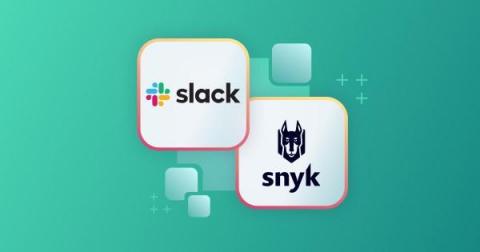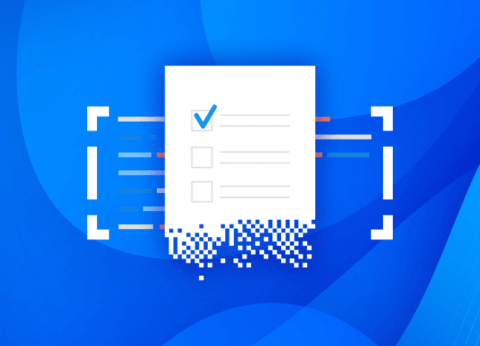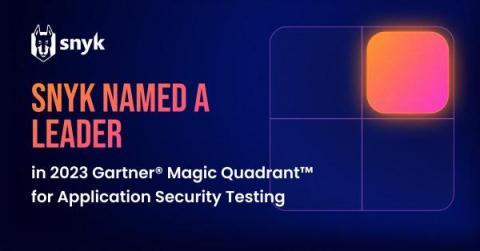Security | Threat Detection | Cyberattacks | DevSecOps | Compliance
Snyk
Snyk scanning capabilities are now embedded in Jira Software
Today, development is faster than ever. More apps and code are being written than ever before. There are more third-party dependencies in use to speed development, more containerization, and even code that controls the deployment and configuration of apps and the cloud. To ship quickly, developers need to stay on top of security issues. They want to understand how to build secure applications by getting feedback as they work.
A day in the life of an ethical hacker
Ethical hacking refers to the practice of using hacking techniques to identify and expose vulnerabilities in computer systems, networks, and applications. Unlike malicious hackers, ethical hackers use their skills and knowledge to help organizations and businesses identify security weaknesses before they can be exploited by malicious actors. Ethical hacking can include a range of activities, from scanning and penetration testing to social engineering and physical security testing.
Ethical hacking techniques
Ethical hacking is used to find potential security issues in computer systems and networks. In this post, we’ll cover a collection of techniques and procedures commonly used by ethical hackers to find vulnerabilities before malicious users can take advantage.
A quick primer on LDAP injection
Lightweight Directory Access Protocol (LDAP) is an authentication mechanism for securing web applications. LDAP is popular because it's lightweight and scales easily — features that appeal to developers, but mean that LDAP databases often store large amounts of valuable information. This makes them an attractive target for attackers. Applications construct LDAP queries derived from user inputs to access and manipulate the information stored in LDAP databases.
Snyk announces new Slack integration
We’re excited to announce a new Snyk app for Slack that provides notifications within the channels your teams rely on to address security issues in your code, open source dependencies, containers, and cloud infrastructure. Your developer teams get the notifications that matter the most, in their preferred collaboration platform, so they can act on them immediately.
Top 8 penetration testing tools
Penetration testing is crucial to ensuring a resilient security posture within an organization. It simulates an attack on the system, application, or network to discover vulnerabilities before hackers do. Developers often use penetration testing to verify that applications’ internal resources are safe from unauthorized access. In this situation, the tester or ethical hacker serves as a malicious actor. They gather as much information about the system as possible to find exploitable weaknesses.
Data loss prevention for developers
A security violation in the form of a data breach can create costly damage to a company's reputation. But what exactly is a data breach? The European Commission has divided data breaches into three distinct categories — confidentiality breaches, integrity breaches, and availability breaches: In this article, you'll learn more about what a data breach is and how you can prevent data breaches when designing and developing your software.
Snyk named a Leader in 2023 Gartner Magic Quadrant for Application Security Testing
We’re thrilled to announce that Snyk has been named a Leader in the 2023 Gartner Magic Quadrant for Application Security Testing! Snyk was named in the Magic Quadrant for Application Security Testing (AST), for the first time, as a Visionary in 2021. And today, we’re excited and honored to announce that Gartner has recognized us in the Leaders Quadrant in the 2023 Magic Quadrant report.
How to generate an SBOM for JavaScript and Node.js applications
SBOM is the acronym for Software Bill of Materials, which is a list of all the open source npm packages that are part of your project. But it’s not only limited to open source or software packages, and can include operating system libraries, microservices inventory and more.


